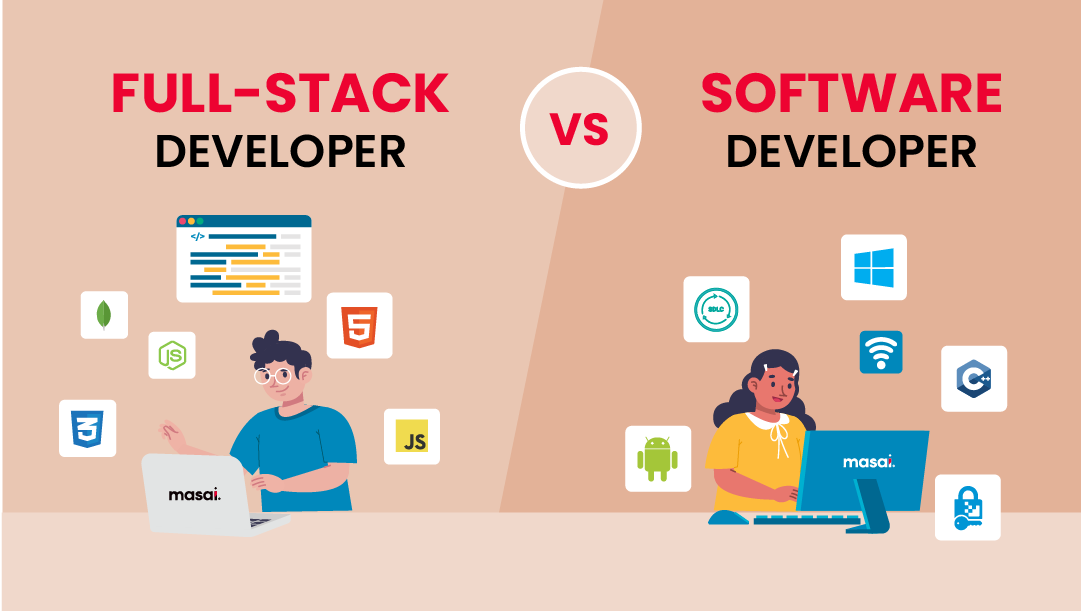Discover the Benefits of Nearshore Software Development for Your Team
Discover the Benefits of Nearshore Software Development for Your Team
Blog Article
Dedicated Developers vs. In-House Teams: Which Is Right for You?
The choice in between making use of specialized programmers and keeping an in-house group is a considerable one that can affect the trajectory of your tasks and general organization approach. On the other hand, in-house teams add to a natural firm society and a nuanced understanding of lasting objectives.
Recognizing Committed Programmers
The expanding need for specialized abilities in the tech market has led to the development of specialized developers as a viable solution for many companies. These specialists are commonly acquired on a job basis, permitting companies to utilize details competence without the long-term commitment related to permanent hires. Committed programmers are usually ingrained within a customer's team, providing adaptability and scalability to satisfy job requirements.
This model enables organizations to access an international skill pool, which is particularly useful in a swiftly advancing technological landscape. Committed designers can be sourced from various geographical locations, guaranteeing that companies can locate the ideal skill established at competitive prices. They typically bring a wealth of experience and expertise, having dealt with diverse jobs throughout various markets.
Furthermore, committed designers can concentrate solely on the jobs at hand, improving productivity and effectiveness. They are equipped to integrate flawlessly into existing process, collaborating closely with internal teams to attain project objectives. This technique not just lowers the worry of employment and training but likewise permits organizations to stay dexterous, adapting quickly to altering market demands and technical innovations.
Advantages of In-House Teams

In addition, in-house teams often tend to have a much deeper understanding of the firm's goal, values, and goals. This placement can improve staff member interaction and motivation, as staff member really feel more attached to their work and the company's success. Additionally, having a specialized in-house group enables much better placement of approaches and purposes, as these participants are constantly focused on the firm's top priorities.
In-house groups also promote quicker decision-making procedures, as they can respond more quickly to modifications and challenges. The established partnerships and familiarity with business protocols permit for streamlined process and lowered miscommunication. Ultimately, the mix of a cohesive society, placement with organizational objectives, and efficient communication makes internal teams a beneficial property for numerous companies, particularly those seeking to cultivate long-lasting development and innovation.
Expense Factors To Consider
When assessing expense factors to consider, both devoted designers and internal groups present unique economic effects for companies. Involving dedicated developers generally includes a pay-per-project or per hour rate design, which can be economical for services with rising and fall project demands. This technique permits for adaptability in scaling sources up or down, making certain that firms only spend for the solutions they need.
On the other hand, in-house groups entail taken care of costs, consisting of incomes, benefits, and overhead costs such as office and devices. While this design uses higher control and instant accessibility of sources, it might bring about greater lasting expenditures, especially if the workload does not justify a full-time personnel.
In addition, firms need to take into consideration the concealed expenses connected with employment and training of internal staff members, which can better strain budgets. Sometimes, the moment and resources spent on handling an internal group can diminish the company's core company purposes.

Project Management and Versatility
Job monitoring and versatility are vital aspects that influence the choice in between internal teams and committed developers. Committed groups commonly have developed procedures for handling jobs efficiently, leveraging particular methodologies like Agile or Scrum, which promote repetitive progress and flexibility.

Eventually, the option in between committed developers and in-house groups rests on the wanted degree of adaptability and the certain task monitoring needs. Business should assess their operational characteristics, task complexity, and resource availability to establish which choice straightens best with their calculated purposes.
Making the Right Selection
Choosing the best growth strategy-- specialized programmers or internal teams-- requires a cautious assessment of various factors that line up with a business's calculated objectives. software engineering staffing. Consider the nature of see this page the job. Dedicated designers might be extra ideal if it demands specialized skills or a quick scale-up. Alternatively, in-house groups can offer much better continuity and combination with existing workers.
Following, assess your budget plan. Committed designers frequently offer an economical option for temporary tasks, while internal teams might incur greater long-lasting expenses due to incomes, advantages, and overhead prices. Evaluate the level of control and cooperation wanted; in-house teams commonly foster stronger communication and positioning with business society.
In addition, think about the moment framework. If prompt outcomes are necessary, devoted designers can be onboarded quickly, whereas building an in-house team takes some time for employment and training. Weigh the long-lasting vision of your organization. Investing in an internal team may yield much better returns over time if constant advancement is essential. Ultimately, the decision depends upon a detailed analysis of these factors, making sure alignment with your business's operational demands and total purposes.
Verdict
In conclusion, the choice between committed designers and internal teams depends upon project requirements and business goals. Dedicated developers provide versatility and customized competence, making them suitable for short-term efforts. Alternatively, internal teams cultivate a cohesive culture and much deeper alignment with lasting objectives. Cautious evaluation of budget restrictions, project timelines, and preferred control levels is necessary for determining the most appropriate approach, making sure alignment with calculated priorities and functional performance.
The decision between using dedicated designers and preserving an in-house team is a considerable one that can influence the trajectory of your tasks and total business technique.Task management and flexibility are essential factors that affect the selection in between devoted designers and internal groups. offshore software development.In comparison, in-house teams may stand out in keeping a constant task administration framework due to their knowledge with the organization's society and lasting objectives. Committed designers often provide a cost-effective option for temporary tasks, while in-house teams may sustain higher lasting expenses due to wages, advantages, and expenses costs.In verdict, the decision in between dedicated developers and internal groups hinges on job needs and organizational purposes
Report this page